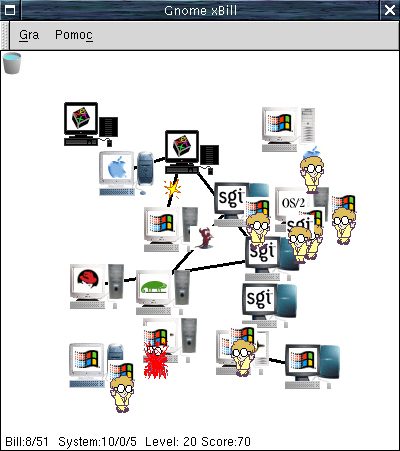Exchange
m |
m |
||
| Line 18: | Line 18: | ||
==Failure of plain authentication== | ==Failure of plain authentication== | ||
| − | You get the following error message: ''Retrying PLAIN authentication after AUTHENTICATE failed''. This is because Microsoft Exchange protocol mistakenly advertises plain authentication even though it does not support it. You need to | + | You get the following error message: ''Retrying PLAIN authentication after AUTHENTICATE failed''. This is because Microsoft Exchange protocol mistakenly advertises plain authentication even though it does not support it. You need to force the email client to ignore this. E.g. with ''alpine'' |
disable-these-authenticators=PLAIN | disable-these-authenticators=PLAIN | ||
==Kerberos authentification failure== | ==Kerberos authentification failure== | ||
| − | You get the following error messages: ''Unknown Kerberos failure: An invalid name was supplied'' and ''Kerberos mechanism status: Hostname cannot be canonicalized''. This is because Microsoft Exchange protocol mistakenly advertises kerberos authentication even though it does not support it. | + | You get the following error messages: ''Unknown Kerberos failure: An invalid name was supplied'' and ''Kerberos mechanism status: Hostname cannot be canonicalized''. This is because Microsoft Exchange protocol mistakenly advertises kerberos authentication even though it does not support it. E.g. ''alpine'' users need to add this option |
disable-these-authenticators=GSSAPI | disable-these-authenticators=GSSAPI | ||
==Workaround both problems== | ==Workaround both problems== | ||
| − | To work around both problems you need to disable plain authentication as well as Kerberos host authentication | + | To work around both problems you need to disable plain authentication as well as Kerberos host authentication. E.g. with ''alpine'' |
disable-these-authenticators=PLAIN,GSSAPI | disable-these-authenticators=PLAIN,GSSAPI | ||
Revision as of 23:45, 27 March 2009

Fun with Microsoft Exchange.
Contents |
SMTP/IMAP
Staff
Here are the current settings for SMTP and IMAP to access staff email
smtp-server=lupin.shu.ac.uk/user=shu\myusername
incoming-folders=my.email@shu.ac.uk {exchange.shu.ac.uk:143/imap/user=shu\myusername}inbox
Students
Here are the current settings for SMTP and POP3 to access student email
smtp-server=lupin.shu.ac.uk/user=myusername
incoming-folders=my.email@student.shu.ac.uk {hera.shu.ac.uk/pop3/user=myusername}inbox
Exchange protocol bugs
Microsoft Exchange server has several protocol bugs which you may need to work around.
Failure of plain authentication
You get the following error message: Retrying PLAIN authentication after AUTHENTICATE failed. This is because Microsoft Exchange protocol mistakenly advertises plain authentication even though it does not support it. You need to force the email client to ignore this. E.g. with alpine
disable-these-authenticators=PLAIN
Kerberos authentification failure
You get the following error messages: Unknown Kerberos failure: An invalid name was supplied and Kerberos mechanism status: Hostname cannot be canonicalized. This is because Microsoft Exchange protocol mistakenly advertises kerberos authentication even though it does not support it. E.g. alpine users need to add this option
disable-these-authenticators=GSSAPI
Workaround both problems
To work around both problems you need to disable plain authentication as well as Kerberos host authentication. E.g. with alpine
disable-these-authenticators=PLAIN,GSSAPI